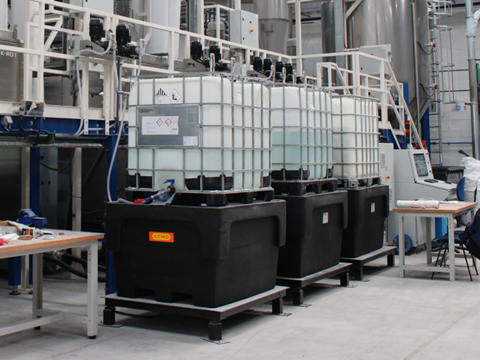
Polypropylene (PP) and polycarbonate sheets manufacturer Corplex claims it has successfully adapted a mechanical de-inking process to remove ink from heavily printed PP sheets, including ones treated with UV-based coatings and UV-cured inks.
The technology apparently ensures that the company’s used printed Correx sheets can be fully reintegrated into the production cycle, aiming to minimize waste, reduce environmental impact and decrease dependence on virgin materials.
Corplex produces PP sheets for multiple applications, which are delivered to customers and used for their intended purpose. At end of life, the company says the Correx sheets are collected and returned to Corplex, where the printing is removed. The de-inked boards are then restored, ready to be printed and used again in future applications.
Corplex states its closed loop system delivers enhanced material recovery as printed PP sheets are reused instead of being incinerated or landfilled, and eliminates water discharge, minimizing waste. It adds that recycled PP pellets replace virgin raw materials, lowering carbon footprints.
In related news, Siegwerk introduced its nitrocellulose (NC) free ink series for surface printing on polyethylene (PE) and polypropylene (PP) packaging solutions in February. Developed to meet packaging design guidelines such as those from RecyClass and CEFLEX, the inks include surface solutions for both flexo and gravure printing and are part of the company’s NC-free flexible packaging portfolio, initially available to customers in the EMEA region.
Last month Brilliant Group revealed its new Low Migration Fluorescent Ink Base (LMB) series for lithographic ink systems, seeking to address increasing industry demand for food-safe, compliant, and high-performance printing solutions. The company adds that the ink base is designed to allow ink makers to formulate with greater flexibility, improving efficiency and performance.
If you liked this story, you might also enjoy:
The ultimate guide to the Packaging and Packaging Waste Regulation in 2025
How are the top brands progressing on packaging sustainability?
Everything you need to know about global packaging sustainability regulation in 2025
The key to increasing the use of reusable packaging in supermarkets

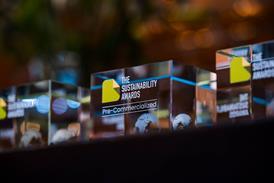

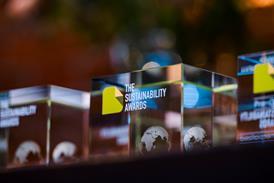
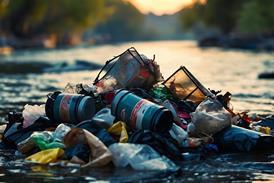
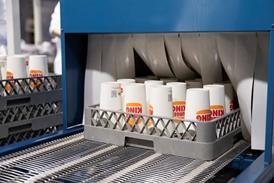














No comments yet